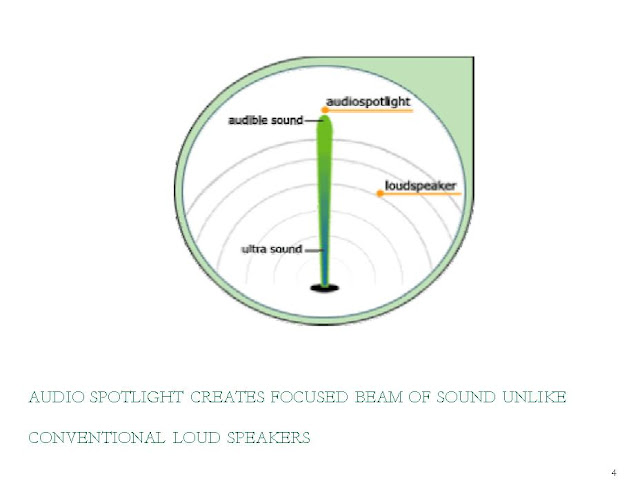ASYNCHRONOUS TRANSFER MODE
ATM – definition: A transfer mode in which information is organized into cells; it is asynchronous in the sense that the recurrence of cells containing information from an individual user is not necessarily periodic".
OR
High-speed transfer technology for voice, video, and data over public networks.
ATM VS X.25
— As the speed and number of local area networks (LANs) continue their relentless growth, increasing demand is place on wide area packet-switching networks to support the tremendous throughput generated by these LANs.
— X.25 was designed to support direct connection of terminals and computers over long distances.
— X.25 packets may be of varying length, whereas ATM packets are of fixed size.
— X.25, with its substantial overhead, is being recognized as an inadequate tool for wide area networking.
ATM VS FRAME RELAY
— ATM is normally utilized for high bandwidths of 34 Mbps and upwards.
— At speeds of 2 Mbps and below, Frame Relay is more bandwidth efficient than ATM.
— ATM transmits only fixed-size frames, called cells, not variable-sized frames as frame relay do.
There are two main drivers that caused businesses migrate from frame relay service to ATM :
1. The need for greater capacity than frame relay can handle.
2. The need to support mixed-media traffic, especially voice and video.
— Both frame relay and ATM take advantage of the reliability and fidelity of modern digital facilities to provide faster packet-switching than X.25.
— ATM is even more streamlined than frame relay in its functionality, and can support data rates several orders of magnitude greater than frame relay.
— Frame relay was developed as part of the work of ISDN
— ATM was developed as part of the work on broadband ISDN
ATM VS SONET
— The industry offers two solutions for achieving a large integrated network: SONET/SDH and ATM .
— The SONET is a globally accepted, non-proprietary standard for broadband transmission through fiber-optic cables.
— It handles transmissions from 51 Mbps to 10 Gbps.
— SONET/SDH is a physical transport medium that occupies the two bottom layers of OSI model.
— ATM is a high-speed packet switching technique suitable for LAN, wide-area network and broadband ISDN.
— SONET is a physical structure, while ATM is a transmission protocol.
— If the ATM protocol is used, a transport medium is still needed to carry traffic over the network
ARCHITECTURE:ATM Devices
— An ATM network is made up of an ATM switch and ATM endpoints.
— ATM switch accepts the incoming cell from an ATM endpoint or another ATM switch. It then reads and updates the cell header information and quickly switches the cell to an output interface toward its destination.
— An ATM endpoint contains an ATM network interface adapter.
— Examples of ATM endpoints are workstations, routers, LAN switches, and video coder-decoders (CODECs).
ATM Network Comprises ATM Switches and Endpoints



Comments